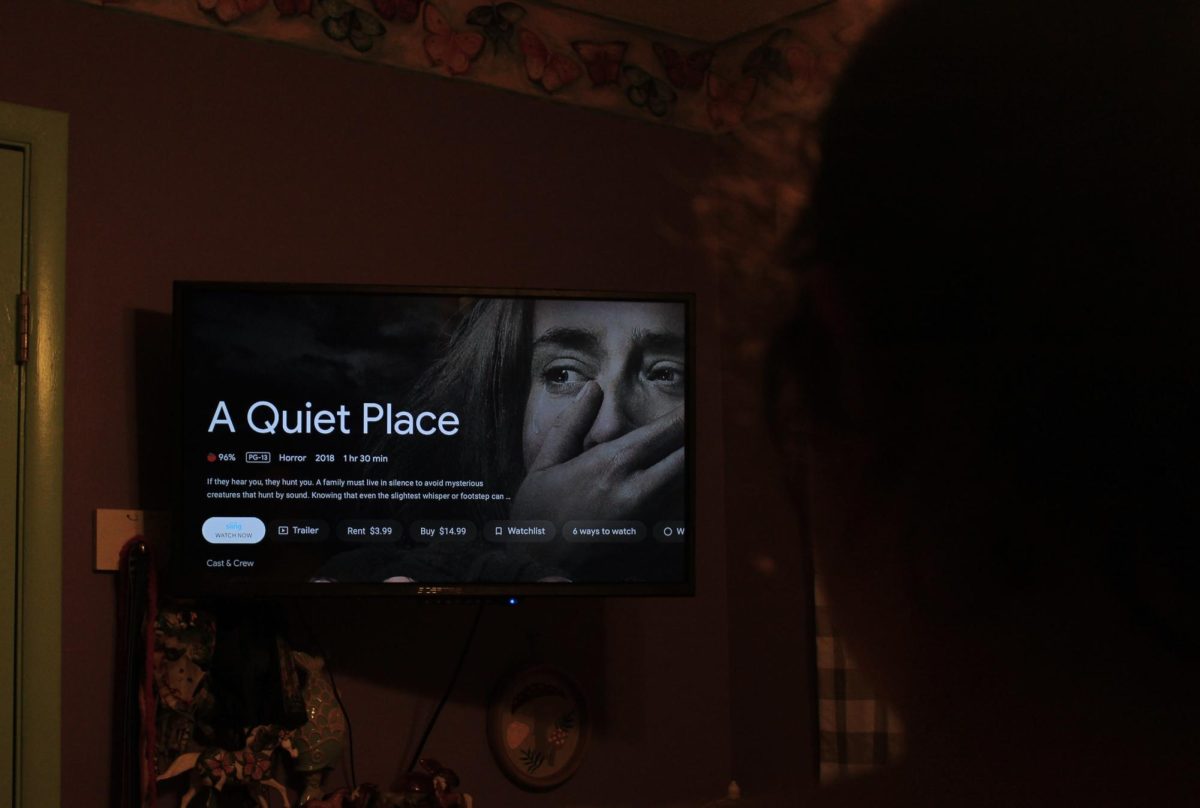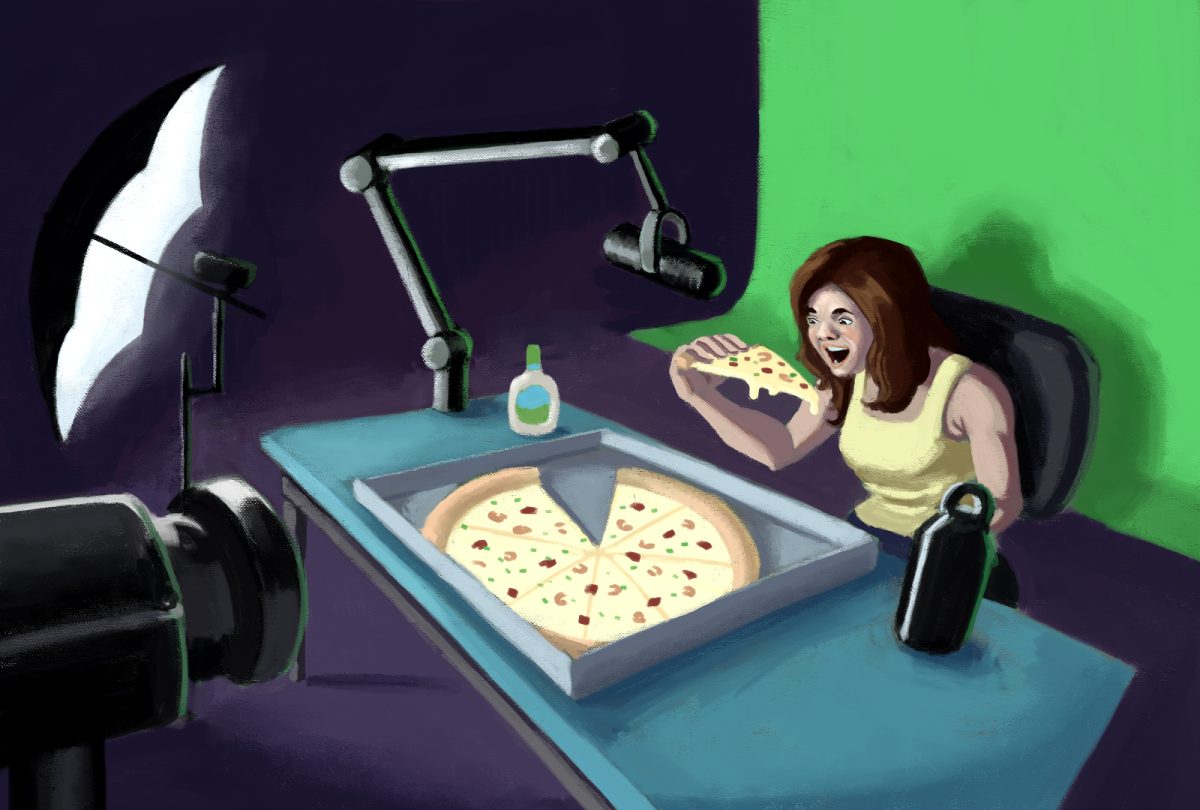Media representation is an important subject because, for some, it may be their first time being exposed to a real-world issue or topic like disability.
Whether the consumer has experience with the topic or disability, the media’s portrayal of something can still impact their impressions, and when the media portrays it incorrectly, it can create a false image for the consumer. Consequently, it can be harmful and even offensive to those with experience with the subject or disability when media representation is inaccurate.
This inaccurate portrayal is also often done through negative stereotypes, which still influence the public’s views.
An example of inaccurate portrayal of disability in recent years occurred when Sia’s movie “Music” (2021) was released. A major criticism leveraged against the movie was how it portrayed an autistic character, including the portrayal of restraint, which the autistic community had previously explained to be harmful. In addition, there was criticism towards the use of a neurotypical actress in the role.
Not only was harmful information presented in the movie, but viewers were not happy with the portrayal itself.
It created offense to the autistic community, and really highlighted the lack of respect and care shown from the directors and writers involved with the movie.
On the other hand, the media can have a powerful, positive effect when it is handled well.
According to The Division For Inclusive Social Development (DISD), which is part of the United Nations Department of Economic and Social Affairs (DESA), “By increasing the awareness and understanding of disability issues and the diversity of persons with disabilities and their situations, the media can actively contribute to an effective and successful integration of persons with disabilities in all aspects of societal life.”
By portraying a disability authentically, it shows a deep understanding of how people with disabilities live.
An example of disability representation that was presented authentically in recent years was from the film “A Quiet Place” (2018). The daughter of the family in the film is deaf with hearing parents, and the family uses American Sign Language (ASL) to communicate, which has helped them survive the circumstances of the post-apocalyptic world they live in.
In addition to the way this dynamic fits into the plot, the movie did succeed with casting a deaf actress to play the deaf daughter, as well as having a deaf consultant teach the cast ASL and an ASL interpreter on set. This is a good example of how the management and crew creating a movie can work together with the community to receive information and create an accurate portrayal of a disability.
From the standpoint of a creative, it would be irresponsible to assume that the work you create has no effect or lasting impressions on its audience. Thus, the portrayal in the media has that same impact, and should be handled appropriately.
As an audience, consumers have the ability to reflect on media representation, and their response to media portrayals can impact how the media and creatives create. Therefore, we have our own influential power.
By showing the power of accurate portrayals of disabilities in the media, the audience can encourage the development of those stories.









